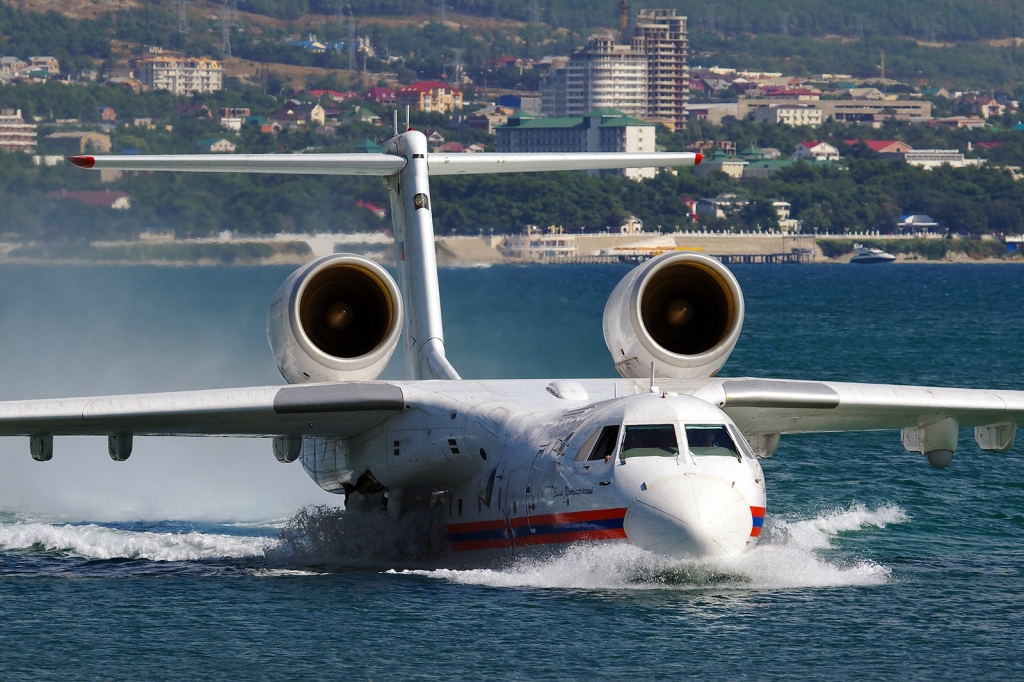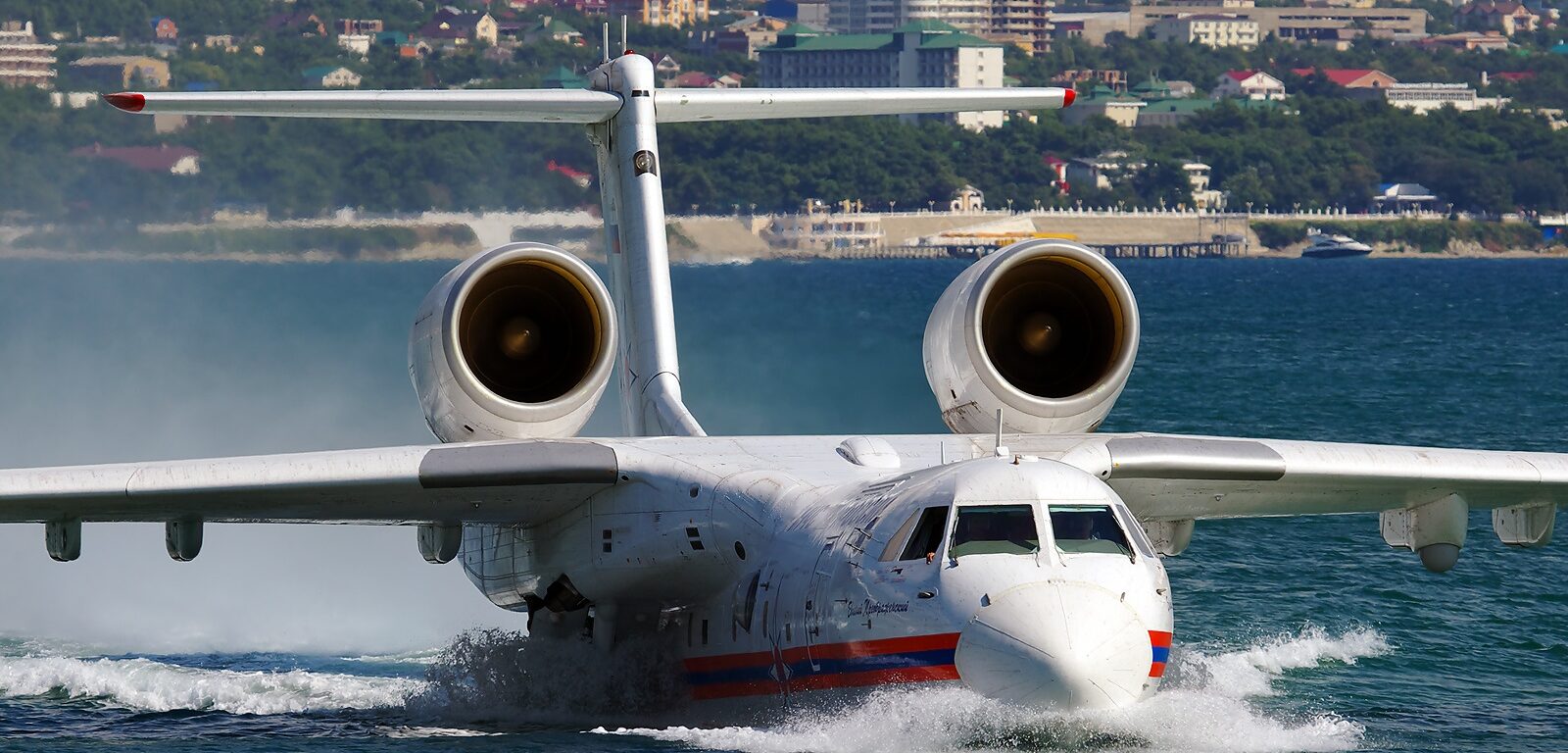- Defining an Emergency situation
- How the pilot should react to an emergency
- Steps the pilot should take to avoid fatality

When an emergency comes about during your flight, your pilot needs to know what the issue is and how to deal with it before it’s too late. The first thing the pilot should do is give Air Traffic Control the proper advice on what the emergency is. If communications between air Traffic Control and the aircraft are cut off, the ATC unit will access the situation and bring local emergency services to be ready to take action if needed. Some examples of emergencies that may happen on your flight are fires on the aircraft, aircraft malfunction, fuel shortage, weather, aircraft damage, bomb threats, or hijacking. If one of these emergencies happens, it may result in a forced landing or having to land at the nearest airport. Once an emergency situation happens, the pilot should maintain aircraft control, determine the problem, execute the emergency procedure, and determine appropriate landing criteria.
Most pilots will use the three step procedure which is Aviate, Navigate, and Communicate. When a pilot follows the aviate step, the pilot should complete any immediate actions required, reduce electrical load, and go through the emergency procedure steps found in the aircrafts handbook. Next when the pilot uses the second step, navigate, the pilot should evaluate the situation and determine whether the aircraft needs to land as soon as possible, and prepare for a routine landing or brace for impact. Lastly is to communicate with Air Traffic Control and your passengers on the situation. If you have a handheld radio, attempt to establish radio communication with a local agency.


